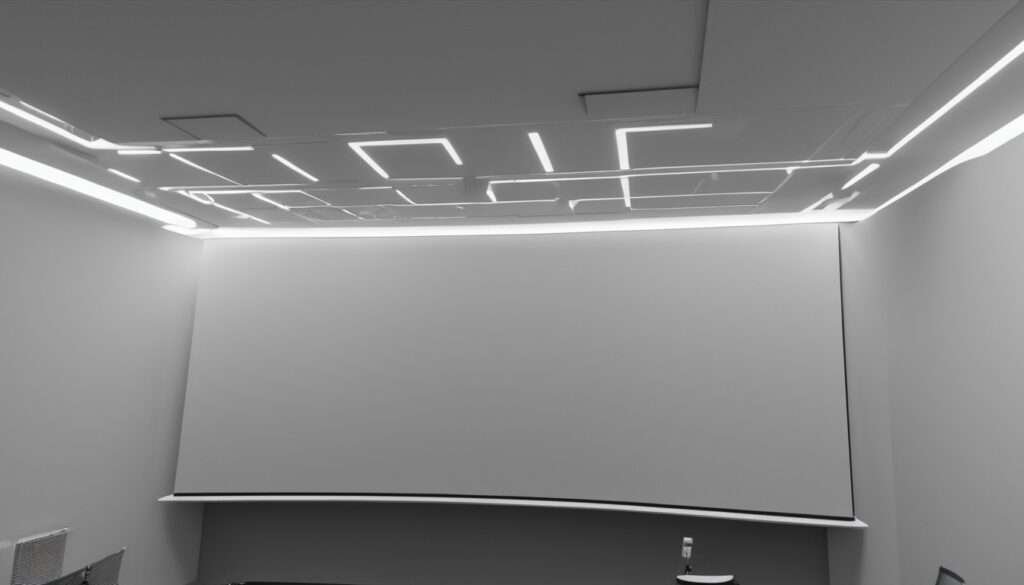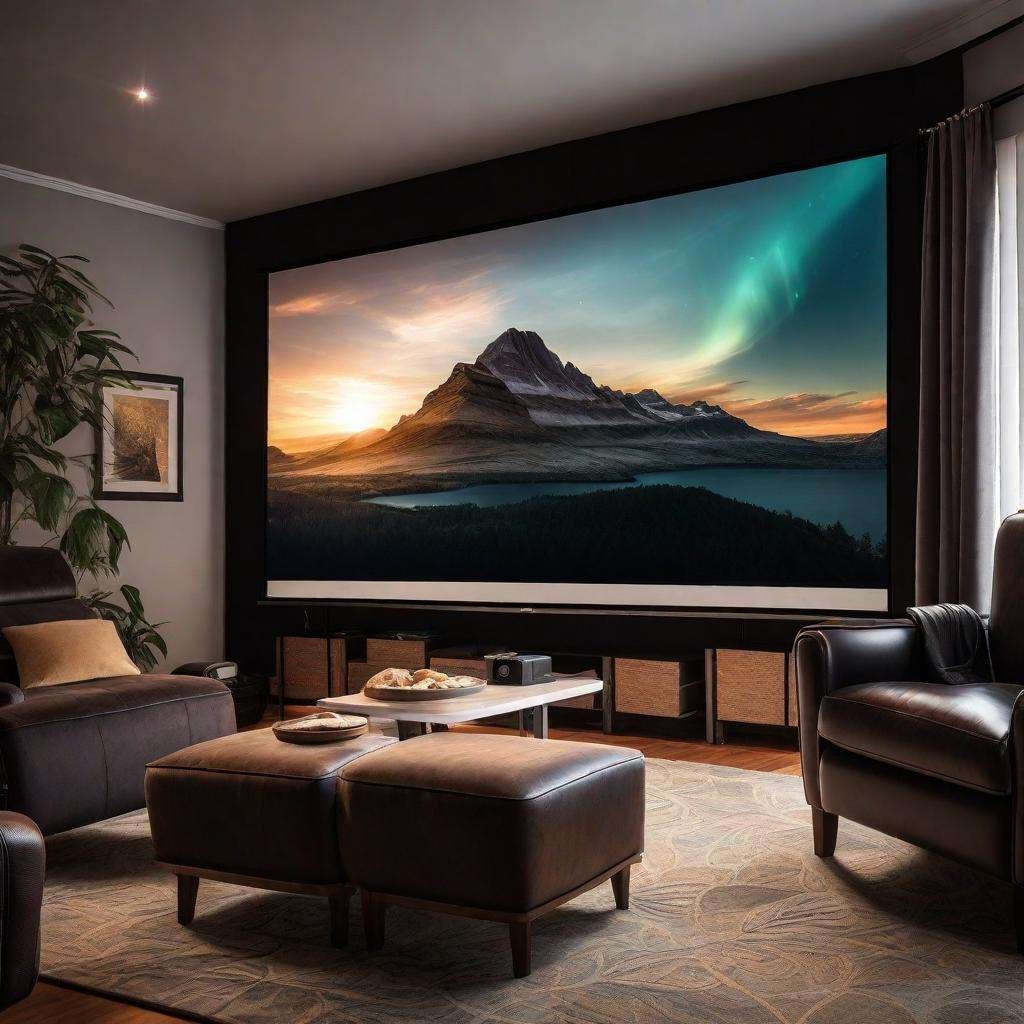Short Throw vs Long Throw Projector
Short throw vs long throw projectors :When it comes to setting up a home theater or presentation space, choosing the right projector is crucial. Short throw and long throw projectors are two popular options, each offering unique benefits and drawbacks. In this guide, we’ll delve into the differences between these two types of projectors, explore their pros and cons, and help you make an informed decision.
Buy Now BenQ X500i True 4K UHD HDR 4LED 2200 Lumens Short Throw Console Gaming Projector
Short Throw vs Long Throw Projector
Short Throw Projectors:
Short throw projectors are designed to project large images from a short distance. They typically have a throw ratio of less than 1.0, meaning they can project a large image even when placed close to the screen or wall.
Pros:
- Space-saving: Short throw projectors require minimal space between the projector and the screen, making them ideal for small rooms or tight spaces.
- Reduced glare: Since short throw projectors are placed closer to the screen, there is less chance of glare or shadows interfering with the projected image.
- Less installation hassle: With short throw projectors, there’s no need for mounting brackets or ceiling installations, simplifying the setup process.
Cons:
- Limited throw distance: Short throw projectors may not be suitable for large venues or environments where a longer throw distance is required.
- Potential for image distortion: Close proximity to the screen can sometimes result in image distortion or key stoning if not properly aligned.
Short Throw vs Long Throw Projector
Long Throw Projectors:
Long throw projectors are designed to project large images from a greater distance. They typically have a throw ratio greater than 1.0, meaning they require more space between the projector and the screen.
Buy Now BenQ TK700 4K HDR Gaming Projector with HDMI 2.0*2 | 16ms Response Time at 4K with Enhanced Dark Visual Details | 3200 Lumens | Game Modes | 5W Chamber Speaker | 2D Keystone | 3D | PS5 | Xbox Series X
Pros:
- Versatility: Long throw projectors are ideal for large venues such as auditoriums, conference rooms, or outdoor events, where a long throw distance is necessary.
- Flexible placement: With their longer throw distance, long throw projectors offer more flexibility in placement options, allowing for greater customization of the viewing experience.
- Reduced image distortion: Long throw projectors tend to produce less image distortion or key stoning, thanks to their greater distance from the screen.
Cons:
- Space requirements: Long throw projectors require more space between the projector and the screen, which may not be feasible in smaller rooms or confined spaces.
- Potential for glare: In environments with bright ambient light, long throw projectors may be more susceptible to glare or washout compared to short throw projectors.

